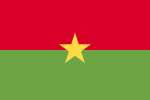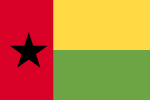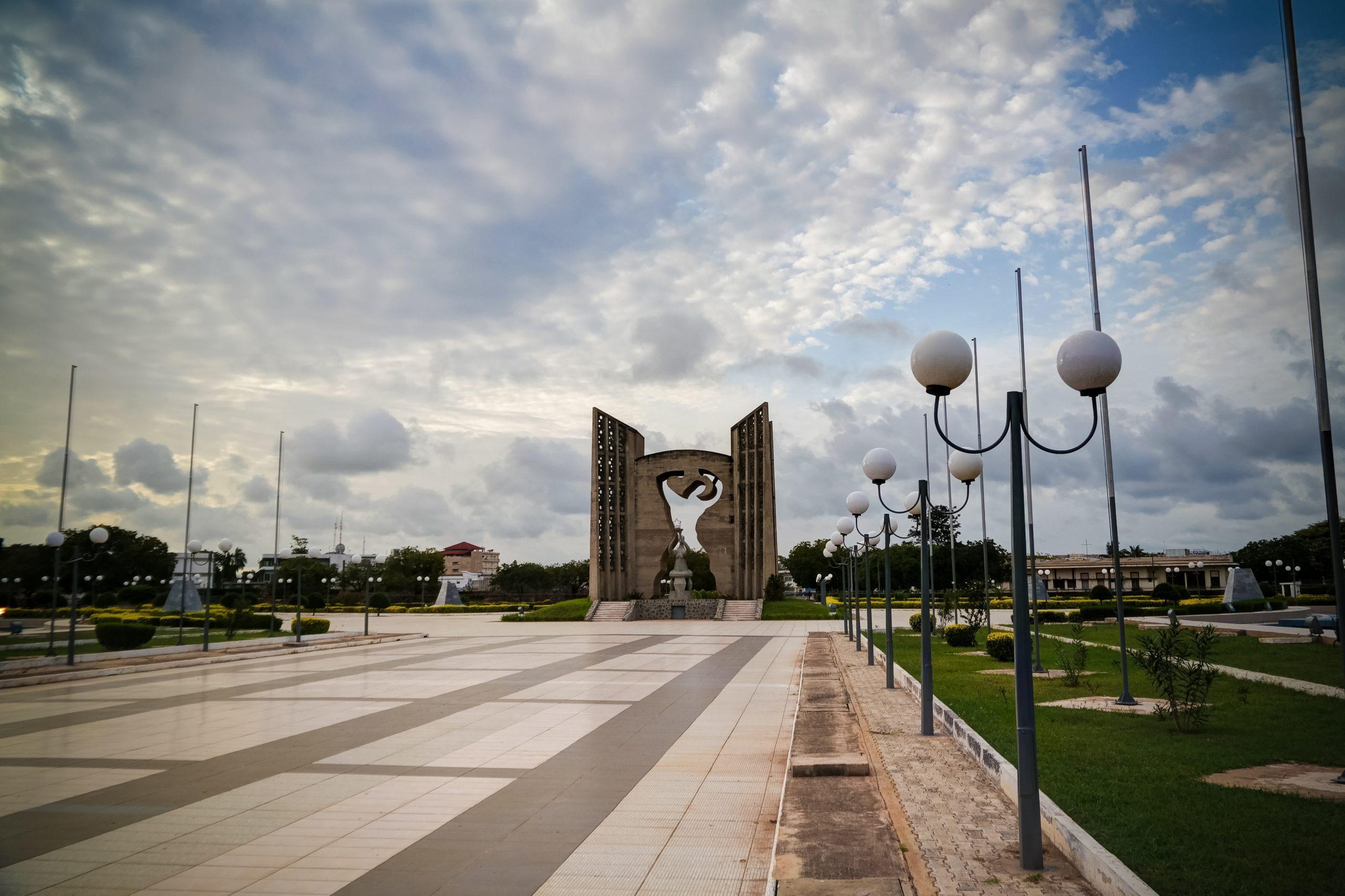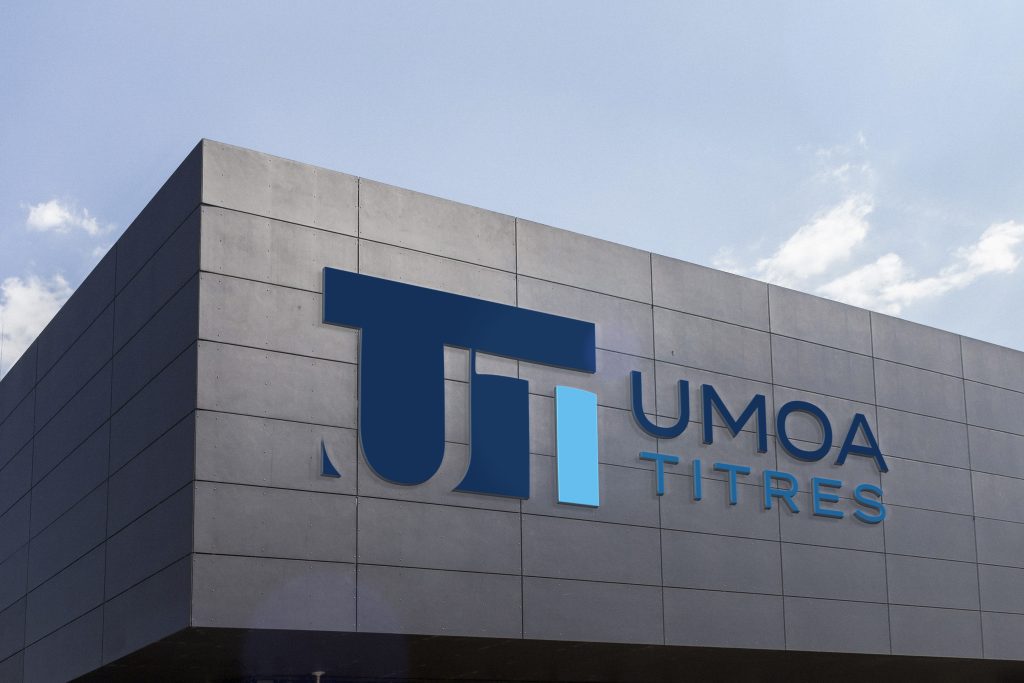After a slowdown in 2020 due to COVID-19, the Togolese economy grew by 5.5 percent in 2021. The recovery of economic activity in Togo should be consolidated in the medium term with a real growth rate of Gross Domestic Product (GDP) that should reach 5.9% in 2022 before settling at 6.5% one year later, according to the General Directorate of Economic Studies and Analysis (DGEAE). This dynamic is the result of the implementation of the health response plan on the one hand, and on the other hand, the continuation of major development projects included in the government’s roadmap.
Economic performances of the country: the tertiary sector regains its dynamics
In 2021, Togo regained its economic dynamism observed before COVID-19 pandemic. Togo’s real GDP grew by +5.5% in 2021 after +1.8% in 2020, compared with an average of +5.1% over the period 2016-2019. This performance of the Togolese economy is driven by all of three sectors.
The value added of the primary sector rose by 3.4% in 2021 compared with 1.3% in 2020, due to the increase in the agricultural sector (+3.3%) in connection with the government’s support through the Mechanism for Incentive Financing of Agriculture (MIFA).
As regards the value added of the secondary sector, it increased by 4.9% in 2021, driven by mining sector (+6.2%), electricity, gas and water production (+10.3%), construction and public works (+11.4%) and manufacturing and craft industries (+1.9%). Mining sector benefited from increase in the production of phosphate and cement. The dynamics of Buildings and public works is explained in particular by the achievement of the projects of road investments planed in the governmental roadmap. The increase in value added in the energy sector is linked to the improvement in the electricity production capacity of the Kékeli Efficient Power plant based in the port of Lomé, which has a capacity of 65 megawatts/hour. Finally, manufacturing industries have benefited from the increase in agricultural production, particularly cotton, during the season 2020-2021.
As for the value added of the tertiary sector, it increased by 5.3% in 2021, driven by the recovery recorded in the trade (+3.4%) and hotel and restaurant (+7.2%) activities following the easing of restrictions imposed in the context of the fight against COVID-19. The tertiary sector also benefited from the increase in the volume of port and airport traffic and the widespread digitalization of public services. The tertiary sector remains the largest contributor to the growth of the Togolese economy. Its contribution to real GDP growth was 2.6 points in 2021, compared with 0.5 points in 2020, while the primary and secondary sectors contributed 0.7 and 1.1 points respectively.
Economic activity in Togo in 2021 took place in a context marked by a rise in consumer prices, with an inflation rate of 4.5% compared with 1.7% in 2020. This rise in prices is mainly due to the lack of supply in the food sector and the rise in prices of imported products, linked to the disruption of supply chains.
In terms of public finances, government revenues increased by 11.7% in 2021 despite the continuing COVID-19 pandemic. This increase in revenue reflects, on the one hand, the economic recovery after the slowdown observed in 2020 and, on the other hand, the resilience of the Togolese economy to the COVID-19 pandemic. As for public spending in 2021, it increased slightly compared to 2020 (+1.6%). In line with these developments, the overall budget deficit (including grants) as a percentage of GDP is expected to be 5.1% in 2021 after 7.0% in 2020.
According to DGEAE forecasts, economic growth is expected to accelerate from 5.9% in 2022 to 6.5% in 2023 and 6.7% in 2024.
National Development Plan 2018-2022: An ambitious development program
Like the other member states of the West African Economic and Monetary Union (WAEMU), Togo has adopted a National Development Plan (NDP) for the period 2018-2022. This plan aims to take advantage of the lessons learned from the implementation of successive poverty reduction strategies and takes into account the residual challenges arising from the reviews of the Accelerated Growth and Employment Promotion Strategy (SCAPE). The 2018-2022 NDP also incorporates the results of the prioritization of the Sustainable Development Goals (SDGs) targets at the central and regional levels. It is also inspired by the African Union’s Agenda 2063 and the Economic Community of West African States (ECOWAS) Vision 2020.
In order to boost the national economy and take into account the new national vision, the presidential aspirations as well as the context of the COVID-19 pandemic, the portfolio of projects and reforms defined in the NDP 2018-2022 has been reviewed. Thus, a government roadmap covering the period 2020-2025 has been developed. This new 2020-2025 roadmap aims to make the country “A peaceful Togo”, a modern nation with inclusive and sustainable economic growth. It is based on three (03) strategic axes:
– Strengthen social inclusion and harmony and ensure peace;
– Boost job creation by building on the strengths of the economy;
– Modernize the country and strengthen its structures.
The roadmap announces cumulative investments of CFAF 3.4 trillion between now and 2025, to support a growth forecast of 7.5% by 2024. The economy could even grow by 7.8% in 2025 in the best case scenario. The roadmap will be financed up to 48 to 50% by the government budget, i.e. 1,350 to 1,700 billion CFA francs, with the remainder, i.e. 50% to 52% of the overall cost, being financed by the private sector. Public financing will be provided primarily through grants and external loans at concessional rates.
Thus, in order to boost a new economic dynamic focused on the structural transformation of the national economy, Togo has opted for a new agricultural policy based on the development and promotion of agropoles. This new strategy for the promotion of agropoles, launched in 2017, aims on the one hand to transform agricultural, fisheries and livestock products into manufactured products through the promotion of SMEs/SMIs, the strengthening of relations between production, processing and marketing activities of these products. On the other hand, it aims at the establishment of a synergy of most of the actors and the social inclusion in a logic of improvement of the living conditions of the rural populations.
For more information on Togo’s economic situation, download the country briefing note prepared by UMOA-Titres.
Source: Togo Country Briefing / UMOA-Titres – August 2022












